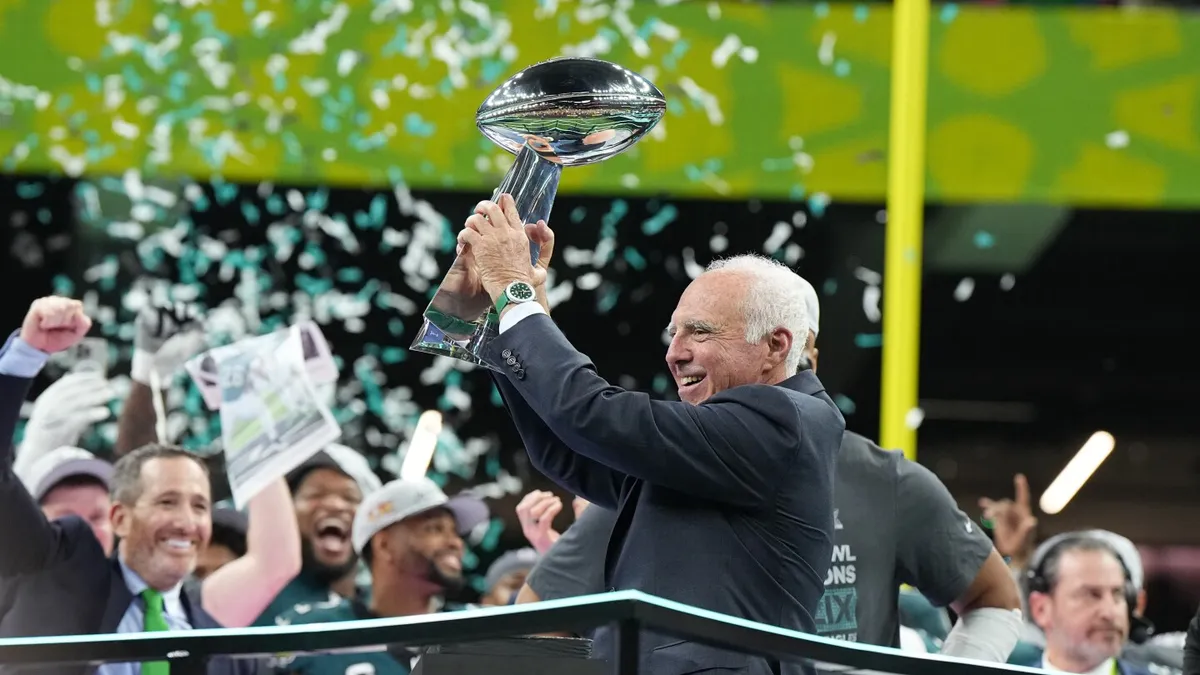
In a recent debate that has captivated fans and analysts alike, the discussion surrounding the aptly named play known as the "tush push" has taken a rather unexpected turn. Philadelphia Eagles owner Jeffrey Lurie made headlines with an awkwardly-worded comment during a general ownership meeting held in Minneapolis, which has sparked considerable debate about the appropriateness of his analogy.
According to a report by Seth Wickersham from ESPN.com, Lurie passionately supported the continuation of the "tush push" play, stating that the ongoing criticism of the play presented a "win-win" scenario for the Eagles. He articulated that if the vote to ban the play fails, the Eagles will continue to utilize it effectively. Conversely, if the vote succeeds in banning it, Lurie likened the situation to a “wet dream for a teenage boy,” emphasizing the play's remarkable success and the extreme measures taken to stop it.
Following Lurie's remarks, NFL executive vice president of football operations, Troy Vincent, reportedly "chastised" the Eagles owner for his choice of words. Vincent pointed out that such an analogy was inappropriate, especially considering that women were present in the meeting. This incident has raised questions about the importance of maintaining decorum in professional settings, particularly when speaking extemporaneously.
While Lurie's comment may have been made in the heat of the moment, it highlights a crucial aspect of communication in sports. Individuals speaking publicly, especially those in prominent positions, must navigate a fine line between humor and appropriateness. The tendency to speak off-the-cuff can lead to remarks that may not sit well with all audiences. This is a lesson that many in the public eye, including sports figures, must heed to avoid misunderstandings or backlash.
The debate over the "tush push" play continues to generate interest among fans and analysts, particularly in light of Lurie's controversial comments. As the Eagles prepare for the upcoming season, the implications of this discussion go beyond just one play—they reflect the broader conversation about communication, respect, and the evolving landscape of sports culture.